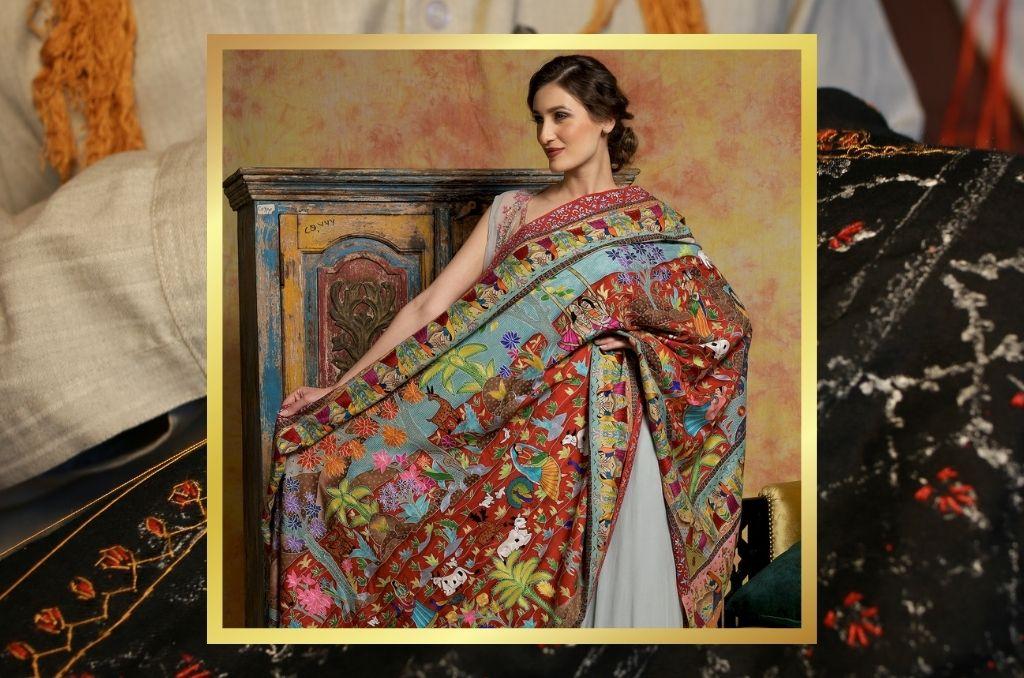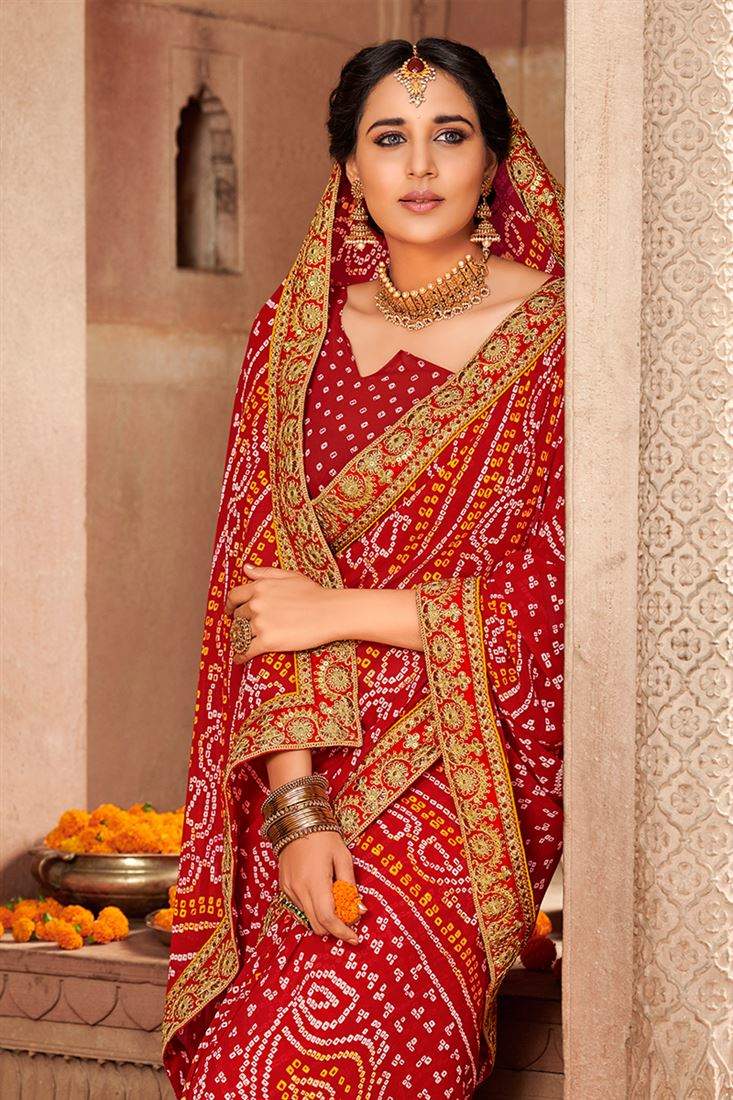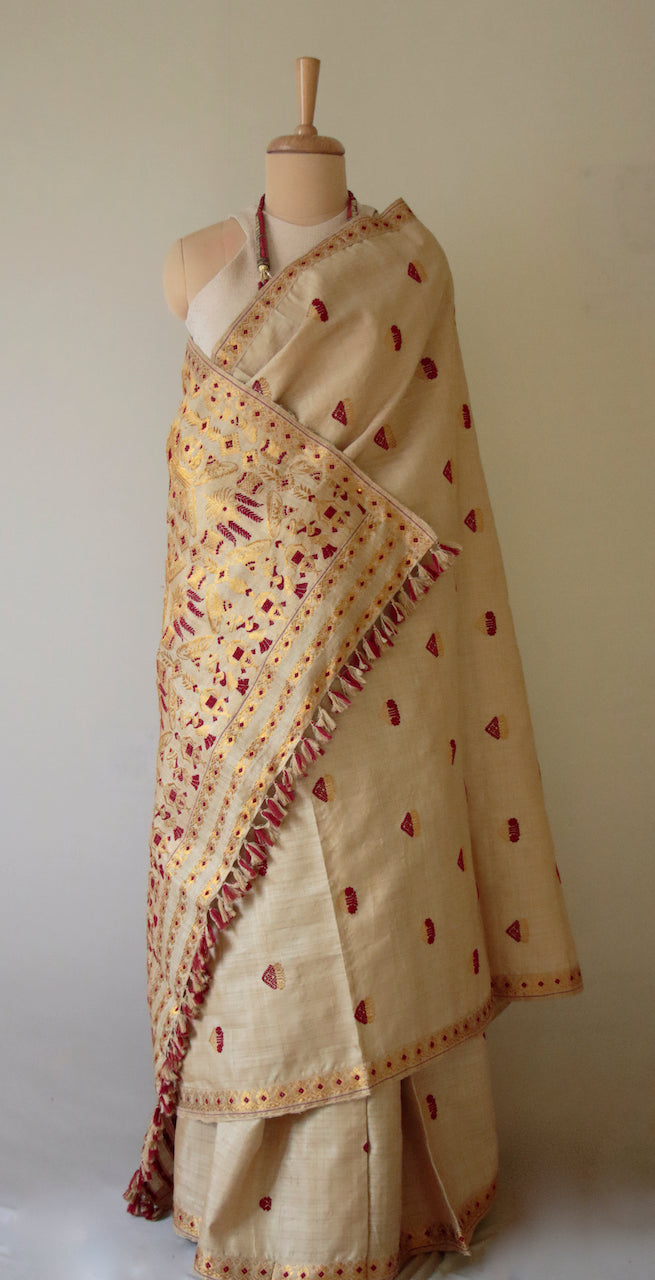India’s fashion culture originates from decades of history, creativity, and diversity in culture. Regional textiles and handicrafts are some of its most recognized elements, each with its own narrative of craftsmanship and artistry. In educational institutions within the country, there is a visible revival of interest in the rich heritage of these elements. This is more than just a trend; it reflects a broader cultural change towards sustainability, craftsmanship, and a desire to reconnect with one’s roots and heritage.
The appealing quality of regional fabrics and handicrafts comes not only from their unique aesthetic appeal but also from the intricate expertise the manufacturing process requires. Each piece tells the story of generations of experienced artisans who have spent decades perfecting their trade before passing it on to the next generation. Whether it is the elegance and sophistication of Pashmina fabric from Kashmir or the intricate embroidery of Lucknow’s Chikankari, these skilled artisans handcraft these intricate and delicate motifs onto delicate fabrics, resulting in garments that are beautiful and elegant.
Preserving the Heritage
People are becoming more aware of the necessity of preserving and promoting India’s traditional and regional textile heritage. With fast fashion and mass production on the rise, these ancient techniques risk being a part of Indian culture’s forgotten history. By studying and supporting traditional artisans, students are actively involved in the movement to preserve India’s heritage for future generations. Regional textiles and handicrafts require more than just technical skills; it is a form of art that carries a strong link to culture, history, and tradition. Each motif, pattern, design, and technique is rich with symbolism and meaning that reflects the beliefs, practices, and customs of the culture they are derived from.
For example, the vivid colors and geometric patterns of Gujarat’s embroidery technique Bandhani are significant in Hindu weddings, as they represent prosperity, happiness, and auspicious beginnings. Similarly, the delicate weaves of Assam’s Muga silk sarees are a celebration of Assamese culture and an individual’s connection between their sense of self and culture.
Exchange of Knowledge among Students
University campuses provide the perfect atmosphere for discovering India’s rich fashion heritage. Workshops, seminars, and exhibitions allow students to interact directly with experts and professionals in the field. These discussions not only provide students with unique insights into the manufacturing processes and techniques of regional textiles and handicrafts, but they also promote cultural appreciation. The study of regional textiles provides an essential understanding of India’s social, economic, and cultural history. Each textile and craft form has a profound connection with the customs, beliefs, and lifestyles of the communities and regions where they were created. Students gain a holistic understanding of the rich and diverse culture of our country by understanding their historical backgrounds.
Cultural exchange and dialogue are integral components of the exploration of India’s fashion heritage on university campuses. These initiatives serve as platforms for celebrating the diversity and tradition inherent in these handicrafts. Through exhibitions, fashion shows, and outreach programs, students not only showcase the beauty of Indian textiles but also engage in meaningful conversations about their cultural significance. These events promote a deeper understanding and appreciation of India’s rich cultural tapestry among students and the general public. They encourage people to come together, exchange their views and opinions, and celebrate the shared values that connect them. In doing so, they foster a sense of community, respect, and admiration for cultural variety.
Ultimately, cultural exchange acts as a catalyst for bridging gaps across communities, increasing mutual understanding, and encouraging a common appreciation for the history of textiles. Through these activities, students not only appreciate their beauty and diversity but also help to preserve and promote this irreplaceable tradition for future generations.
Institutional Support
As part of these initiatives, several colleges have created dedicated departments and courses focused on this study. These courses act as a platform for research, education, and outreach, and provide students with resources and assistance as they explore their interests in this field. They collaborate with local artisans and communities to promote sustainable and ethical production methods. The rise of interest in traditional textiles has fueled interdisciplinary collaborations on campus. Students from various academic backgrounds come together to examine the variety of aspects of India’s fashion heritage, fostering creativity, innovation, and a thorough learning experience.
In conclusion, the resurgence of interest in regional textiles and handicrafts on university campuses reflects a larger cultural movement towards sustainability, craftsmanship, and heritage preservation. Students are discovering and preserving India’s fashion heritage through academic research, hands-on practice, and outreach to the community. As protectors of India’s cultural legacy, they are influencing the future of fashion while simultaneously celebrating the timeless elegance and craftsmanship of India’s traditional textiles and handicrafts. With their dedication and passion, they ensure that India’s fashion legacy continues to inspire people.





















